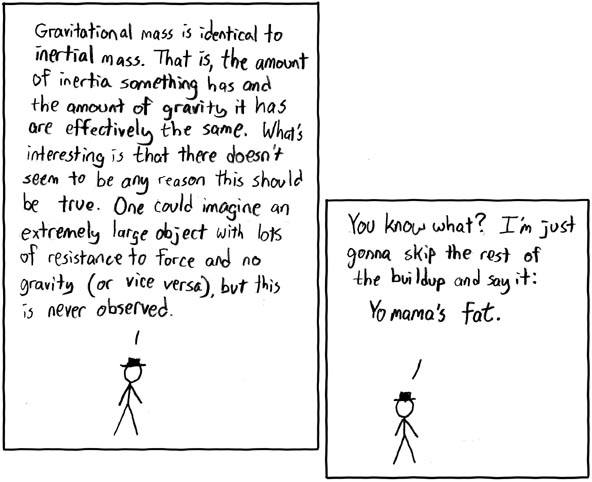No, I can demonstrate that I'm right by use of simple physics: generation of an EMF produces a force opposite to the motion that generates said EMF. This is really basic electricity and magnetism here.Well the guy's invention obviously does the opposite with the use of HV coils and since you can't explain why all you can do is say it's impossible and hope that you're right.
There are also very simple thermodynamic arguments: in order to do work, you need to increase entropy more than the reduction of entropy caused by the work. In the end this means that you have to put more energy into the system than you get out, and so any time you do something that gets out extra useful energy, that means you have to put that much more additional useful energy into the system (the remainder is dissipated as heat). For this invention, in order to achieve the same acceleration, the motor must necessarily work harder when electricity is being extracted than when not.
Oh, well, I know you don't.I doubt you even understand how his invention works...
As I said, this distinction doesn't make any real difference. In particular because "touching" just means getting close enough that the electrostatic repulsion between electron shells becomes such that the atoms on one surface don't get any closer to the atoms on the other. The fundamental force at work, whether you're talking about a spring or a magnet, is still the electromagnetic force. It's just that with the spring you're using (mostly) the electric part at much shorter distances (typically between atoms/molecules), while with the magnet you're using the combined magnetic moment of large numbers of atoms to get stronger fields that operate over longer distances. It's still fundamentally the same force, with no real differences in terms of the energy behavior.Well then lets see you lift an object with a spring without physically touching said object with said spring...

